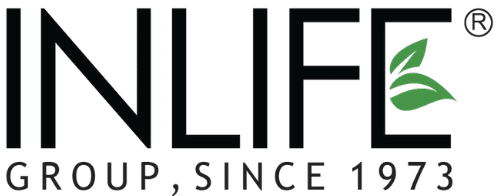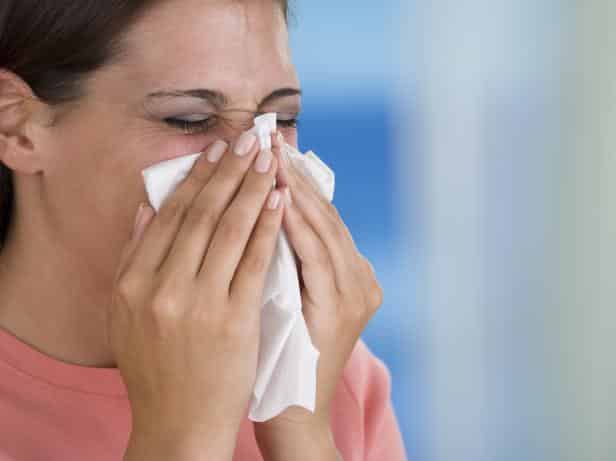Sports Nutriton
Prevent and treat your mold allergies using these tips that works!
Mold is a type of fungus which grows in moisture, either indoors or else outdoors. While the mold spores constantly floating in the air can trigger the reactions, the problem worsens when the people whose spores attach to a wet surface and then mold begins to grow. You may also have mold growing inside of your house and not know it. This could be in the form various reasons, including:
- An unknown leakage
- Moisture buildup in a basement
- Damp areas under a carpet which have been left unchecked
Because mold grows year-round, mold allergies generally are not seasonal like other allergies. Those who are allergic to the mold typically have more symptoms from the midsummer to an early fall, but they can experience symptoms any time they are exposed to mold spores, especially if they live in an area which tends to get a lot of rain.
Symptoms
- Nasal congestion
- Runny nose
- Wheezing
- Itchy throat.
Causes
Like any allergy, mold allergy symptoms are mainly triggered by an overly sensitive immune system response. When you inhale tiny, airborne mold spores, your body recognizes them as foreign invaders and also develops allergy-causing antibodies to fight them.
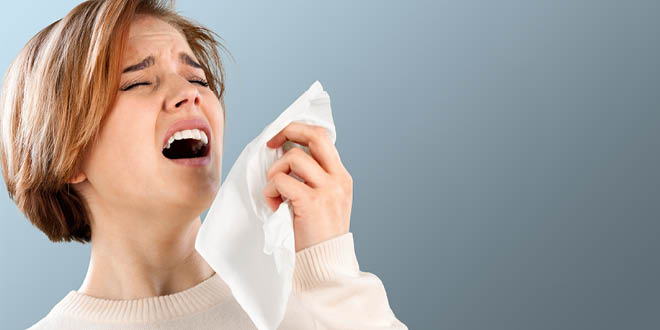
After the certain exposure has been passed, you still produce antibodies that “remember” this invader so that any later contact with the mold causes your immune system to react. This reaction triggers the release of substances such as histamine, which cause itchy, watery eyes, runny nose, sneezing and also other mold allergy symptoms.
Molds are very common in both inside and outside. There are many types of moods but only certain kinds of mold cause allergies. Being allergic to one type of mold doesn’t necessarily mean you will be allergic to another. Some of the most common molds which cause allergies include alternaria, aspergillus, cladosporium and penicillium.
Home remedies to treat mold allergies
Garlic

Garlic is one of the most powerful antifungal herbs, and by including garlic in your diet is one of the best ways to reduce your risk of suffering from these mold allergies. Plus, garlic is a good source of quercetin, a natural antihistamine which can help reduce the severity of the symptoms after exposure to mold.
This antifungal herb also gives a boost to your immunity, which helps to fight allergy symptoms.
Chew 2 to 4 raw garlic pieces daily to combat the various symptoms of a mold allergy.
Alternatively, chop 3 or 4 pieces of garlic and boil them in 1 cup of water for 10 minutes. Strain and add some raw honey. Drink it twice daily.
You can also prefer for natural garlic tablets, but only after consulting your doctor.
Ginger
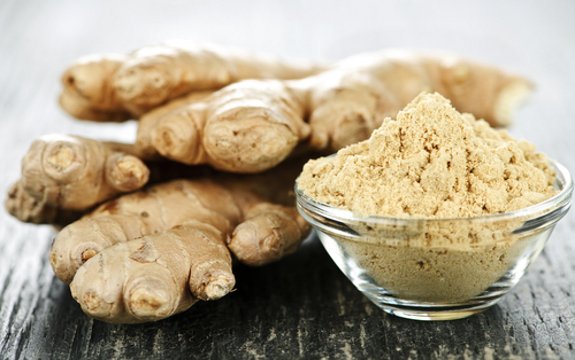
Fresh ginger can help with different types of allergies, including a mold allergy. Ginger will strengthen your immune system and also act as a natural antihistamine.
It is more effective at reducing few symptoms, such as nasal congestion, a runny nose, a cough and even a headache.
Drink 2 to 4 cups of ginger tea daily for faster recovery. To make the tea, add 1 tablespoon of grated ginger to 1 cup of water and boil it for 5 minutes. Strain and add a little raw honey and lemon juice.
Also, chew small pieces of fresh ginger root sprinkled with a little salt several times a day or include ginger in your cooking.
Apple Cider Vinegar
Apple cider vinegar is a natural detoxifying agent which helps to flush the system of mold spores and other allergic irritants.

It also contains antibiotic and antihistamine properties which help to reduce the intensity of symptoms like frequent sneezing, nasal congestion, headaches and others. It plays a key role in regulating the human body’s immune response system.
Add 1 tablespoon of organic, unfiltered apple cider vinegar to a glass of warm water.
Mix in 1 teaspoon each of raw honey. Optionally, you may add a little lemon juice as well.
Drink it 2 or 3 times daily until your condition improves.
Colloidal Silver
This is one of the natural antibiotic aids in eliminating toxins from your body, including mold spores. Another plus of this colloidal silver is that it does not create resistance or immunity in the pathogens it kills.
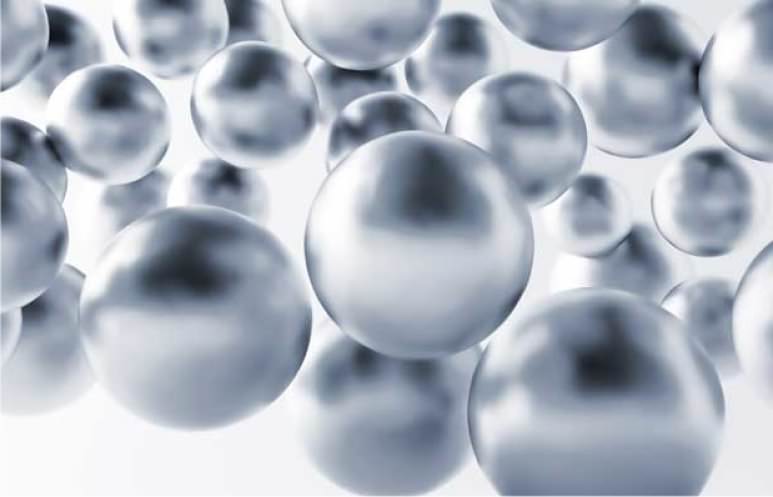
Colloidal silver can help to the mold allergy sufferers in a number of ways.
Take 5 or 6 drops of colloidal silver orally for your immune system support.
Spray mold-affected areas lightly with pure colloidal silver and ventilate the room afterward to help slow the growth of mold.
When you are doing laundry, add ½ cup of colloidal silver to the rinse cycle of your clothes washer.
Vitamin D
Vitamin D is also used to prevent mold allergies. It not only reduces the production of a protein driving the allergic response to mold, it also increased production of the proteins that promote tolerance.

Another essential thing is that vitamin D is imperative for proper functioning of your immune system.
Enjoy early morning sunlight for 15 to 20 minutes daily to help your body produce vitamin D.
Eat foods rich in vitamin D like fatty fish, beef liver, egg yolks and vitamin D-fortified cereals.
You can also take this vitamin D in the form of supplement. However, before taking a supplement, consult your doctor.
Mold allergies can cause a host of uncomfortable symptoms which range from mild sneezing and watering eyes. However, the person who sufferers can often find relief with common treatments such as medications and home remedies but in worst consult your doctor
